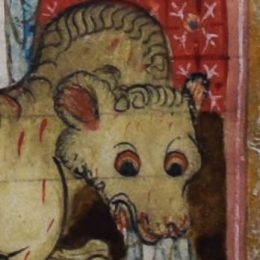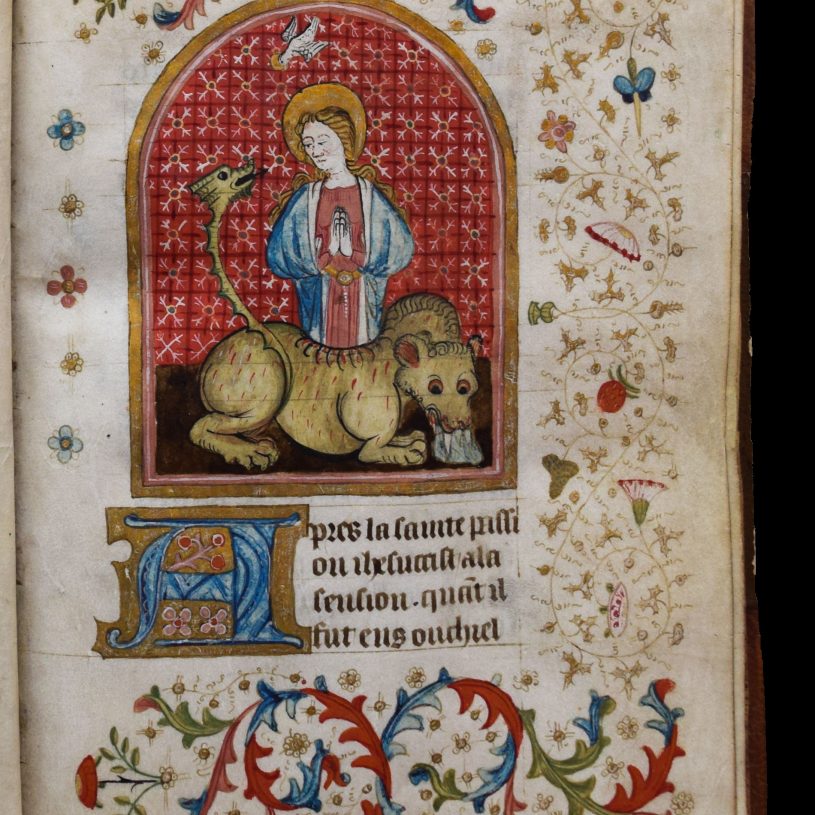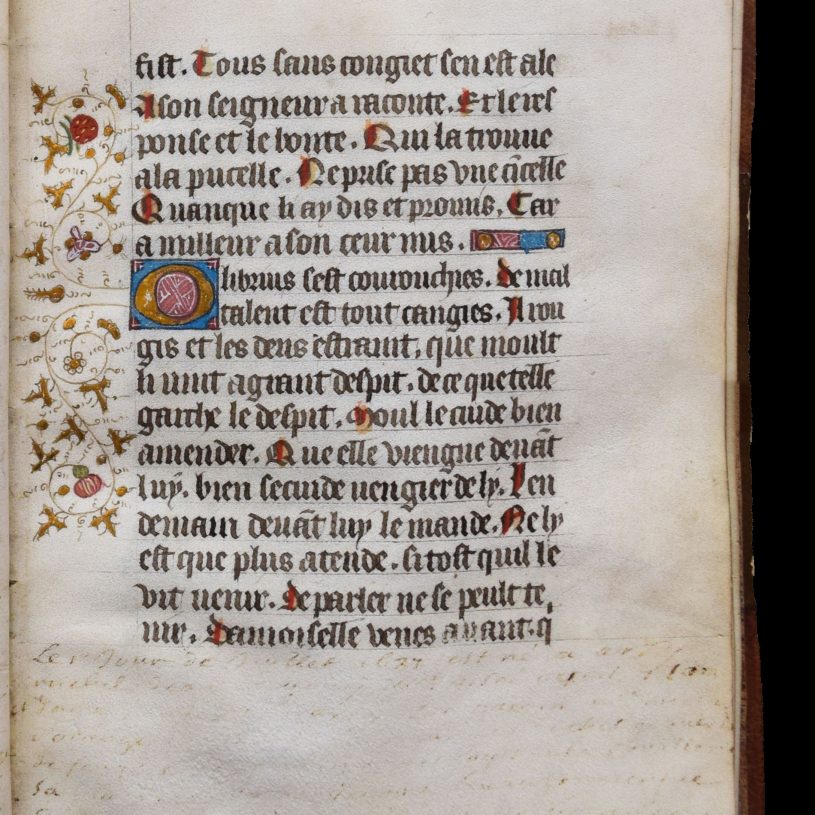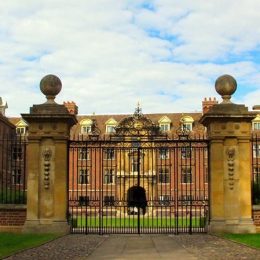Exploring the world of art, history, science and literature. Through Religion

Welcome to TreasureQuest!
Look through the treasures and answer the questions. You’ll collect jewels and for each level reached, earn certificates.
How far will you go?
You need an adult’s permission to join. Or play the game without joining, but you’ll not be able to save your progress.
In the Late Middle Ages, women carried manuscript accounts of St Margaret around with them throughout their pregnancy.






Are there links to current religious practices or a modern equivalent?
Saint Margaret has been venerated for over 1,500 years, and was one of the most popular saints among the knights who went on the Crusades. Pope Paul VI attempted to suppress her cult in 1969, but she continues to be venerated by some Christians today, particularly where her relics are found: in Rome, Brussels, Bruges, Paris, Troyes, and various other places. 250 churches in England are dedicated to her. St. Margaret’s in Westminster is the parish church of the Houses of Parliament.

Where is it from, where is it now?

Websites
Issuu
A digitized copy of the manuscript is available on Issuu.
University of Rochester
Middle English Legends of Female Saints










 Faculty of Divinity
Faculty of Divinity